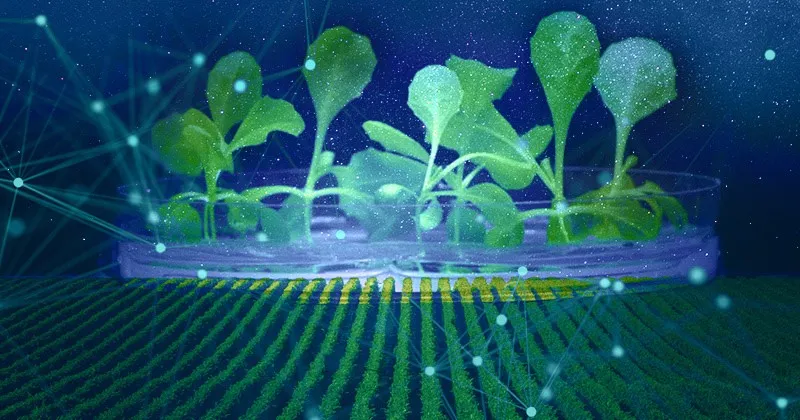Brazil: The world’s scientific community is looking for a way to generate unlimited energy, and now researchers have created artificial waste (photosynthesis) have found a way to use the energy from which plants produce energy for themselves.
According to media reports, the mechanism of artificial photosynthesis has been discovered in new research in which scientists have successfully mimicked the natural process of photosynthesis to produce methane. Only water, carbon dioxide and sunlight are needed to produce this energy-rich fuel.
The researchers outline the new discovery in a paper published in ACS Engineering. If scaled up, artificial photosynthesis could be the unlimited and clean energy alternative to solar panels that many researchers have been trying to find for decades, he said.
The researchers and a team of scientists from the Kazunari domain were able to take things a step further by developing a system that uses sunlight to split water into hydrogen and oxygen gas, much closer to the system used by plants. Copies from In other words, carbon dioxide should be absorbed and the energy obtained from the sun should be stored in methane.
Experts added that it is a system that is very similar to solar panels. Instead of just harnessing and storing the sun’s energy, we used the same system of photosynthesis that plants rely on to produce energy. However, it is more difficult to scale up the above system to meet the requirements of the city. The team also discussed the obstacles and possible solutions in this regard in their published study.
(function(d, s, id){
var js, fjs = d.getElementsByTagName(s)[0];
if (d.getElementById(id)) {return;}
js = d.createElement(s); js.id = id;
js.src = “//connect.facebook.net/en_US/sdk.js#xfbml=1&version=v2.3&appId=770767426360150”;
fjs.parentNode.insertBefore(js, fjs);
}(document, ‘script’, ‘facebook-jssdk’));
(function(d, s, id) {
var js, fjs = d.getElementsByTagName(s)[0];
if (d.getElementById(id)) return;
js = d.createElement(s); js.id = id;
js.src = “//connect.facebook.net/en_GB/sdk.js#xfbml=1&version=v2.7”;
fjs.parentNode.insertBefore(js, fjs);
}(document, ‘script’, ‘facebook-jssdk’));



